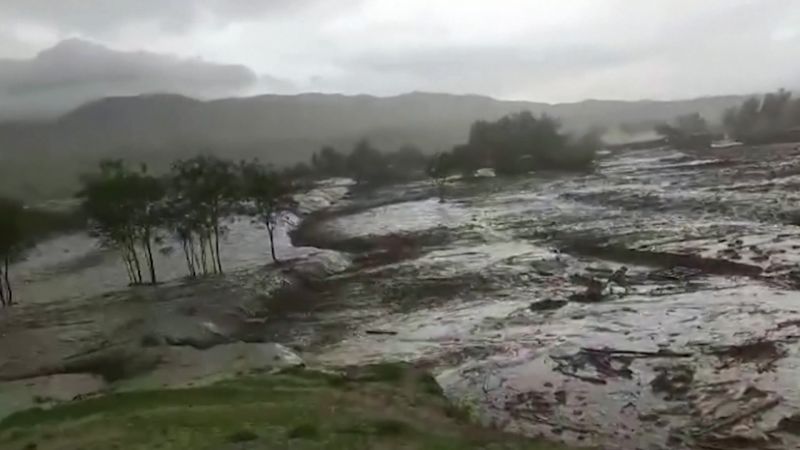In a harrowing event that unfolded in the troubled terrains of Afghanistan, hundreds of lives succumbed to severe floods, children being the most affected as they barely had the strength to contend with the wrath of nature. Yet, amidst the chaos, narratives of courage and resilience emanated as countless children were extricated from the mud, underscoring the complex interstices that tie tragedy with heroism.
The floods, deriving their origins from heavy rainfalls and massive hailstorms, caused rivers to overflow their banks, inundating nearby settlements. The deluge swept across 12 provinces in Northern and Eastern Afghanistan, displacing thousands and shattering the brittle structures of mud-walled homes. At the heart of this calamity was the sorrow that swept over the country as the death toll surged to hundreds within a few days.
Among the areas hardest hit were the provinces of Parwan, Kapisa, Panjshir, and Maidan Wardak. Unprepared for the sheer magnitude of this natural disaster, the residents watched helplessly as floods rampaged through their belongings, reducing a lifetime of memories to debris in a matter of moments. For the children of Afghanistan, the floods served as a brutal reminder of their vulnerability against mother nature’s fury.
However, amid the devastation, tales of astounding courage surfaced where adults and volunteers risked their lives to save children submerged in mud and trapped under debris. One such incident involved a man named Rahim, who, driven by his instinct to protect the innocent, labored his way through the muddy rubble to rescue children covered in muck and despair.
Rescue operations became a race against time as the continuous downpour augmented the predicament. The Afghan National Army, alongside local residents, engaged in tireless efforts to rescue trapped survivors, recover bodies, and provide immediate relief. Driven by audacity and resilience, they plowed through the muddy waters and ravaged terrains, their hearts swelling with the hope of finding survivors amidst the debris.
In these tumultuous times, the plight of the children yanked at the heartstrings of the international community, catalyzing timely and necessary interventions. Several global relief organizations, including Afghanistan’s Ministry of Disaster Management and Humanitarian Affairs, UN Agencies, and international NGOs, were prompt to respond. They initiated efforts to provide emergency relief materials such as food, fresh drinking water, warm clothing, and healthcare facilities to grief-stricken survivors and displaced individuals.
These flooding disasters bring a harsh light on the vulnerability of communities in Afghanistan, particularly children who are often the most susceptible in such crises. The geographical position of the country and the consequent increased risk of natural disasters, coupled with ongoing socio-political strife, significantly contribute to the extent of devastation experienced in these incidents.
This narrative, while fraught with sorrow, also resonates with the indomitable spirit of humans in the face of catastrophes. The courage exhibited in the tireless efforts to rescue the trapped children, the swiftness in international response for aid, and the resilience shown by the survivors bear testimony to the enduring spirit of humanity within us all. As the nation rebuilds from this tragedy, these stories of hope and bravery will serve as a beacon of light guiding the path of recovery and resilience.




